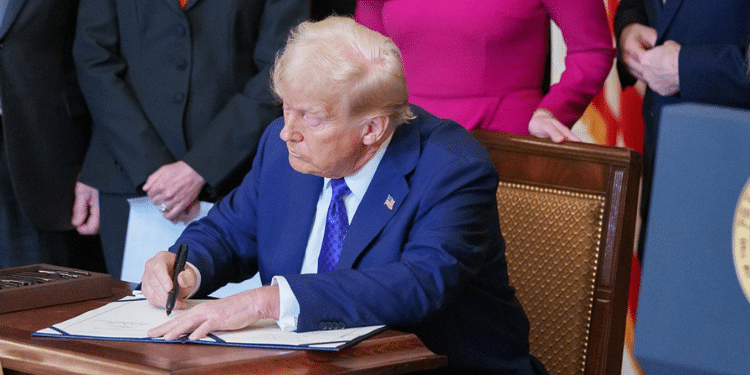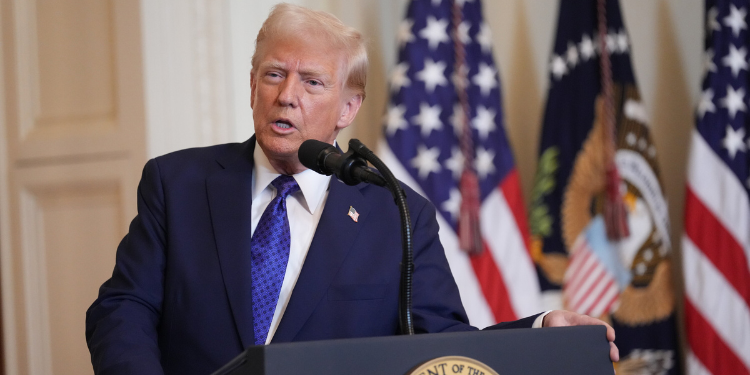China is introducing a new visa category for young science and technology talent, following a decision by the State Council.
Premier Li Qiang, head of China’s State Council, signed a decree amending the country’s regulations on the administration of foreigners’ entry and exit.
“China’s development requires the participation of talent from around the world, and China’s development also provides opportunities for them,” Li Qiang said.
The new rules will take effect on October 1, 2025.
Why China Rolled Out a New Visa Type
The new ‘K’ visa is set to attract young science and technology talent from abroad, offering greater convenience compared with the existing 12 ordinary visa types.
The K visa provides more flexibility in the number of permitted entries, validity period, and duration of stay, according to officials.
Under the amendment, a K visa is being added to China’s ordinary visa categories, available to eligible young science and technology professionals (STEM talent).
Applicants for this visa must meet the qualifications and requirements set by the relevant Chinese authorities and provide supporting documentation.
Holders of the K visa will be able to engage in exchanges in education, culture, and science and technology, as well as take part in entrepreneurial and business activities.
Also Read: US Embassy Issues Notice to Kenyans on Skipping Classes While on Student Visas
What is Special About the Visa?
Unlike many other visa categories, applications for K visas, beyond meeting specific age, educational, and work experience requirements, do not require an invitation from a domestic employer or entity, and the application process is designed to be more streamlined.
The move reflects China’s recognition that its development benefits from the participation of global talent, while also creating opportunities for those who choose to work in the country.
The decision is part of efforts to implement China’s workforce development strategy, make it easier for young foreign sci-tech talent to enter, and boost international cooperation in the sector.
The announcement comes amid broader efforts to simplify visa procedures and expand international exchanges.
Also Read: US Visa Interview Rules to Change in September – What You Should Know
By the end of July 2025, China had signed unilateral visa-free entry or mutual visa-exemption agreements with 75 countries.
According to the National Immigration Administration, foreign nationals made 38.05 million trips to or from China in the first half of 2025 — a 30.2 percent increase year-on-year.
Of these, 13.64 million trips were visa-free entries, marking a 53.9 percent rise compared to the same period in 2024.
Details about the requirements will be posted on the Chinese embassy and consulate websites in the coming days.
Follow our WhatsApp Channel and X Account for real-time news updates.












































































